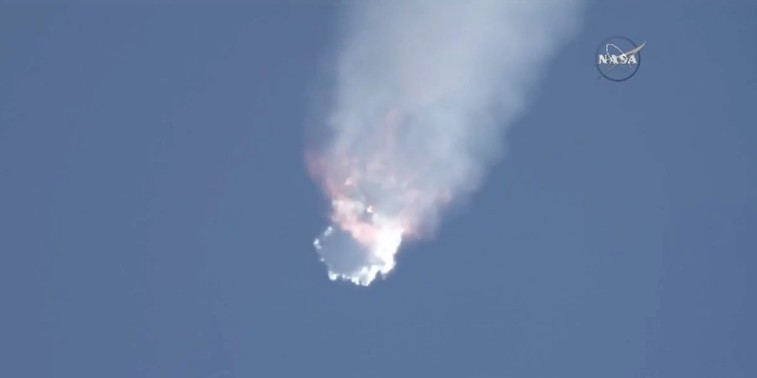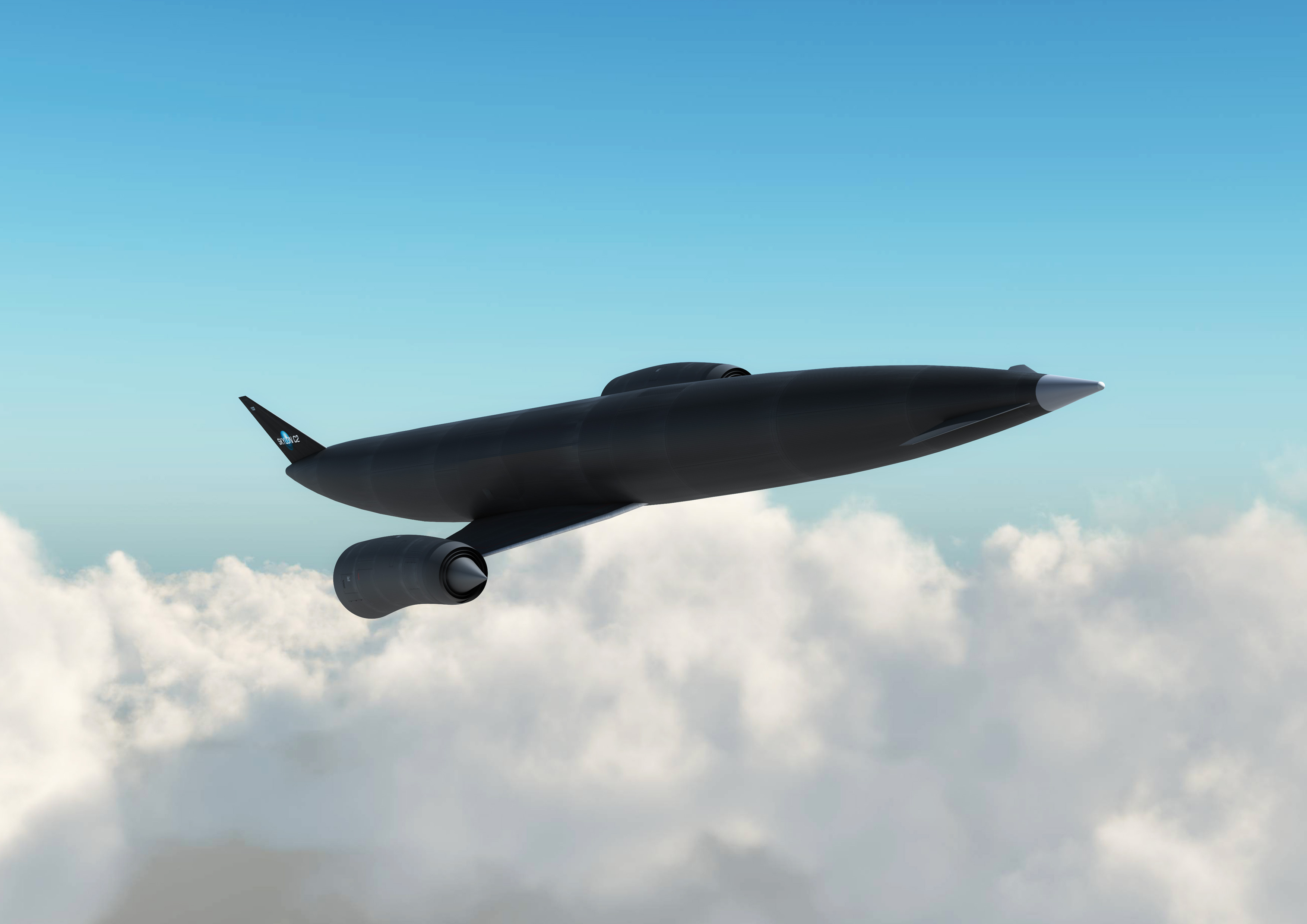= ASTRONAUTICAL EVOLUTION =
Issue 116, 1 September 2015 – 46th Apollo Anniversary Year
| Site home | Chronological index | About AE |
SpaceX, SpaceY, SpaceZ
Three failed ISS resupply missions in eight months
Prior to the latest accident in which a SpaceX Falcon 9 exploded 319 seconds after lift-off on 28 June, a Russian Progress freighter launched on 28 April went out of control and fell back to Earth a week later, apparently also due to an exploding upper stage, and an Orbital Sciences Antares rocket blew up 15 seconds after lift-off on 28 October 2014. (The recurring date of the 28th is bizarre, but apparently not significant – Challenger was also destroyed on the 28th of the month, but not Columbia, while the Apollo 1 tragedy was on the 27th.)
The lesson which should be drawn from this is that the problem of regular access to low Earth orbit has not yet been solved. Until it is solved, it remains grossly premature to plan for astronaut expeditions back to the Moon, onward to Mars or beyond.
It’s interesting to see other views, such as this from commenter “Duquesne” who stirred up debate at spaceflightinsider.com: “The mystique surrounding the falcon has been shattered forever. It is unlikely it will ever carry an astronaut now with two other capsules being built. This also means there is no way the falcon heavy will be seriously considered as a replacement for the Delta IV heavy. This is the beginning of the end of NewSpace as the ISS is now quickly becoming a problem instead of an asset. The SLS is the last hope for the U.S. space program and funding will shift inexorably in that direction. […] Goodbye SpaceX, goodbye NewSpace.”
But other commenters pointed out that such accidents are perfectly normal in the development of a new launch vehicle, and that there is every reason to believe that SpaceX will find and fix the fault and carry on (recent news from Jeff Foust).
Charles Lurio pointed out in his newsletter: “That the failure mode was so odd should be seen as reassuring: 18 previous Falcon 9 successes testify to a system where the most obvious failure modes have been largely covered. But it may also spur concern whether other odd failure modes lurk. Musk underscored that in addition to the cause of the actual event, the company has been seeking out other vehicle failure modes that might somehow have been overlooked.” (Vol.10, no.7, 25 Aug. 2015.)
As the Space Access Society says, “every launch of an expendable booster is by definition a first test flight of a complex high-performance aerospace vehicle, with no option to land and fix anything that slipped by QC and ground tests”. In the long run, therefore, full reusability has to be part of the solution. Moreover, only a fully reflyable vehicle can undergo the sort of test flight programme which makes airliners safe to travel in, with literally hundreds of test flights completed before the vehicle is put into service.
The Space Shuttle was declared operational in 1982 after only its fourth flight. Subsequent events demonstrated that extensive flight testing cannot be skipped without risk.
But there is another point which has received little attention until now.
Separate the manufacturer from the operator
Clearly, one organisation is needed to build vehicles, and another to operate them. In the context of space, those organisations have generally been the same, or closely linked: SpaceX flies the rockets built by SpaceX, Arianespace flies those built by EADS Astrium, space agencies order from their national industries specific rockets which are not available to other agencies or companies. While satellite operators may shop around to choose a launch vehicle, the company operating that vehicle do not; for example, it is unlikely that there has ever been a board meeting at Arianespace to consider the question of whether the replacement for Ariane 5 should be Europe’s Ariane 6, or whether they should replace it by buying in Falcon 9s from America or Long March rockets from China. (Arianespace’s operation of Russia’s Soyuz is the exception to this rule.)
Mark Hempsell and Alan Bond point out that in the case of air travel the problems created when the manufacturer and operator are so closely linked led to the United States Air Mail Act of 1934 banning such relationships. The case for doing the same in space was considered briefly during the early HOTOL studies, but failed to be properly appreciated until it was revived by a David Sykes Associates study for Reaction Engines Ltd, completed in 2010.
So the formula for progress at this point is SpaceX, SpaceY, SpaceZ:
- X: one group of companies to build launch vehicles;
- Y: a second group of companies to operate them;
- Z: a third group to purchase flights for various purposes – science, tourism, manufacturing.
This insight produced in turn a second revelation: that the global market for launch systems is much larger than the market for launches would suggest. A major stumbling-block preventing development of a fully reusable Earth to low orbit spaceplane with a sensible turnaround time of weeks to days has been the perception that a small handful of such spaceplanes could deal with all the present-day traffic to orbit. The vehicle would then cease production after no more than half a dozen or so had been built. The closure of its production line would raise the cost per vehicle and also the subsequent costs of maintenance. This is the situation in which the Shuttle (6 orbiters, 5 of which made orbital flights) and Concorde (20 airliners, 14 of which went into passenger service) found themselves.
But in the current world space launch situation 27 systems are in use, another 13 are in fully funded development, yet the world annual market is for only about 80 launches. In other words, launch vehicles are being built and used, not because it is economic to do so, but for strategic political reasons, such as Europe’s oft-repeated insistence on having independent access to space.
This means that if a fully reusable launcher came onto the market, many countries would be likely to buy it and then use it well below its theoretical capacity. Therefore the economic case for developing that launcher can stand even assuming that the current level of demand for launches will not increase in the near future.
The would lead to over-capacity in the launcher market, creating the conditions for economically sustainable growth in space activities.
The paper is Mark Hempsell and Alan Bond, “SKYLON: An Example of Commercial Launch System Development”, JBIS, Nov./Dec. 2014, p.434-39.
Please send in comments by e-mail.
Interesting and relevant comments will be added to this page.
| Site home | Chronological index | About AE |

